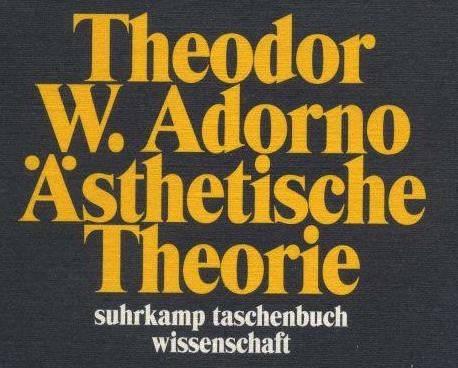
Adorno, Aesthetic Negativity, and the Problem of Idealism
It is at this point that, because of this negative dependence on Hegel, it matters a great deal that Adorno has misidentified the heart and soul of Hegel’s Absolute Idealism.

It is at this point that, because of this negative dependence on Hegel, it matters a great deal that Adorno has misidentified the heart and soul of Hegel’s Absolute Idealism.
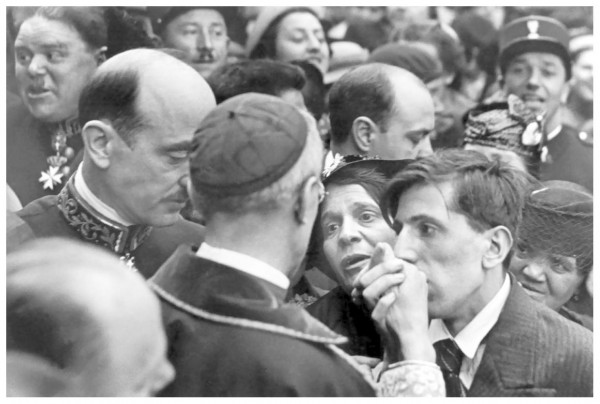
But there are many ways to be an intentionalist. Time is always limited, of course, but each of the various historical predecessors I sketched a moment ago offers distinct nuances, and mentioning them reminds us of the sheer variety of positions—about what’s possible, about where the challenges lie, about where the accent should go—that have been available to thinkers trying to understand intentions in a material world.

Meaning in art (what you have actually done and said) slips away from the artist’s ranges of control within the environment, for example, of the unprecedented circulation of commodities. But instead of allowing meaning and intention to be coopted, predictably and inevitably, the artists Michaels admires evacuate the work of emotional, affective, or personal forms of address preemptively, as though anti-pathos and anti-sentiment were a shield or defense.
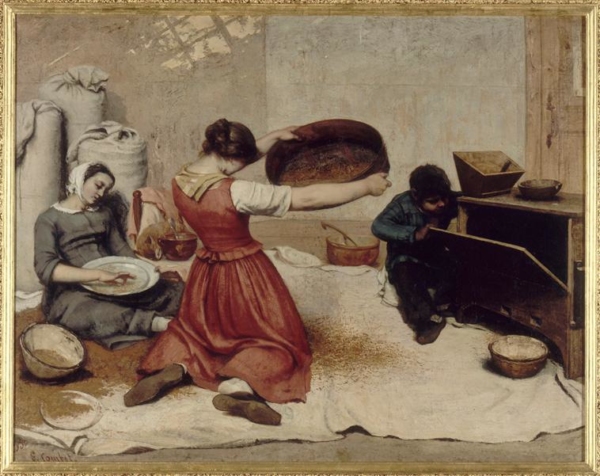
We should be struck by the similarity between Davidson’s position and the Tractarian one that Anscombe rejects. Both positions depict the core of agency (either “willing” or “primitive action”) as on one side of a divide and the world (the results, the wider descriptions) as on the other, with the connection between these things depicted as something further that a human agent must presume but is powerless to effect. And this is exactly the opposite of Anscombe’s own view.
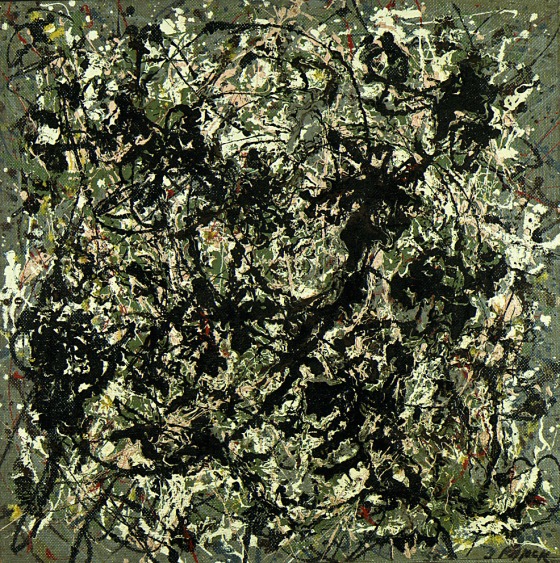
Michaels is confusing the issue when he says that a human artwork that looks like nature in Kant’s sense is participating in “the refusal of intentionality;” rather, it is the outcome of an overcoming of artifice, where the work achieves a naturalness that we could never find in the rest of nature, and so does not let us forget we are beholding something intended. Perhaps chimpanzee paintings fall into an obscure grey area between Kant’s two poles, not achieving the status of painting while—because we cannot but see some intimation of meaning in them—making it impossible for us to appreciate them in the way we do sunsets.
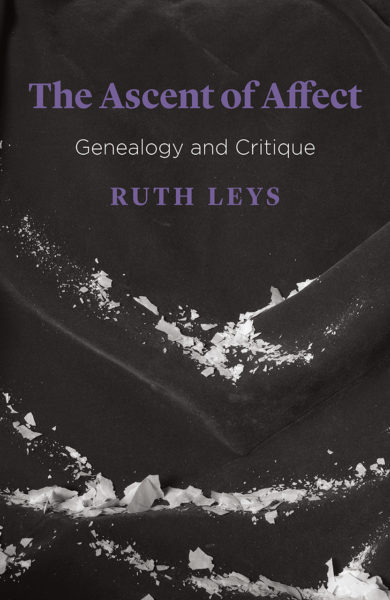
I offer my analysis in the spirit of a “history of the present,” that is, as an attempt to understand the rise of a non-intentionalist “affect theory” in the light of the genealogy I have charted and to explain why I think the views being forwarded are a mistake.
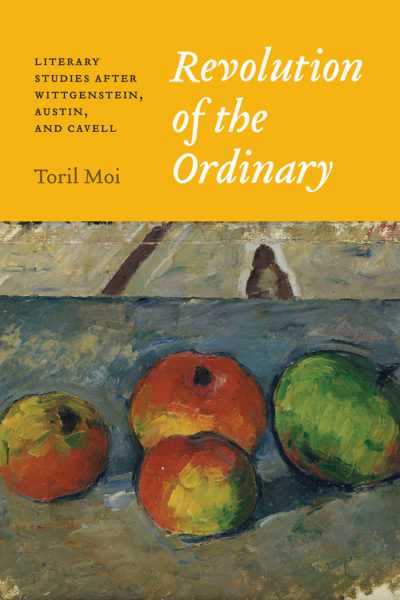
Do we really need Wittgenstein? It depends. I think that literary scholars today really ought to have a workable understanding of Wittgenstein’s vision of language, for it provides a vital and distinctive alternative to other views on the same matters, views that are widely taught. For the same reason, I think literary scholars really ought to understand Wittgenstein’s critique of theory (or, if one prefers, of certain standard notions of what philosophy is). For a literary theorist it ought to be as unthinkable to know nothing about Wittgenstein as it has been to know nothing about Saussure, or Derrida, or Lacan, or Foucault, and so on through the pantheon of more recent theorists. I wrote Revolution of the Ordinary to make this possible.
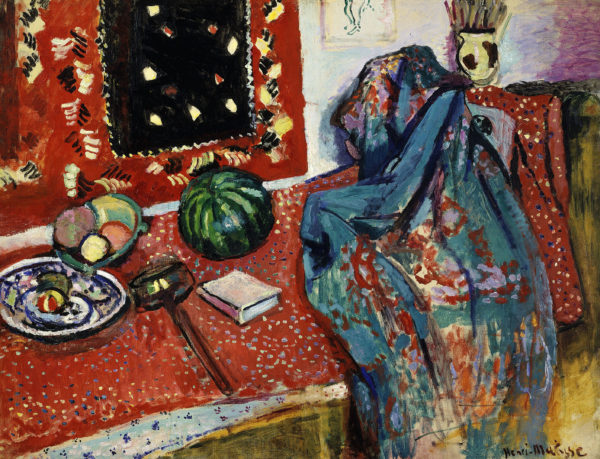
The question I promised to pose in this essay was whether we have an art—a nineteenth- or early-twentieth-century art—to which Hegel’s descriptions of world and consciousness can be seen to apply. I seem to be saying that they only apply, in the art I take seriously, in the negative—they are what French painting is out to annihilate. But for Hegel’s view of things to be worth refuting in this way—with Matisse’s special vehemence—surely in the first place there must have been pictures that exemplified it strongly, beautifully. And yes, there were.
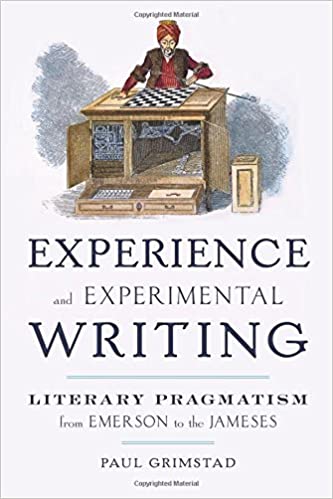
Consider looking at that cursive “c” through a microscope, the edges of the dried ink branching out in irregular furrows into the fabric of the paper. Could Dickinson mean that? Could any human mean that? Would ever more powerful microscopes uncover more and more layers of meaning? It made sense to me to think the answers here should be “no.”
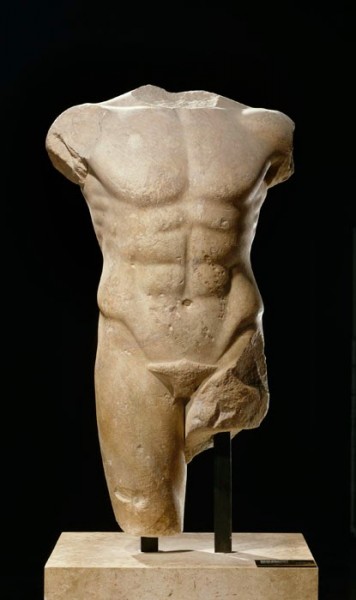
How do we know what counts as true to art, of “art as such”? Take a parallel case: In the sixteenth century, arguments over what counts as Scripture raised the question of precisely what makes something Scripture. What can count as proof—for one cannot ask the author, and certainly not the Author? The key here is the experience of finding oneself in (absorbed by) what has a claim to be art—or in this case in what claims to be Scripture. “Art as such” gives this: art is thus never primarily representation.
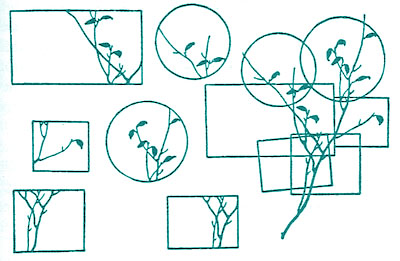
Thinking in this way, we might recast Fried’s wonder about why modernist artists went to the cinema. Perhaps they were not (just) seeking refuge from the burdens of the seriousness of their work; perhaps they saw in the cinema a range of different ways of negotiating the same questions about the relation of artwork to beholder that they were themselves preoccupied with. On this view, cinema does not stand apart from Fried’s modernist history; it continues that history by other means.

It is just this split that Fried introduces into the world, and after which there is no going back because no matter how far back we go there is always the same doubling (this is part of the meaning of the Caravaggio book, which sees the problematic of absorption in a period notionally before modernism) and no outside (because even indifference is now only an attempt to overcome a prior scepticism, that is, an effort at absorption). All this is exactly that willed indifference that Fried evokes through Diderot in Absorption and Theatricality, in which painting must seek the “superior fiction” of not being beheld, just as the actor must ignore the audience in front of them (and this effect of will applies in Diderot—this is the important point—whether there is an actual audience or not).